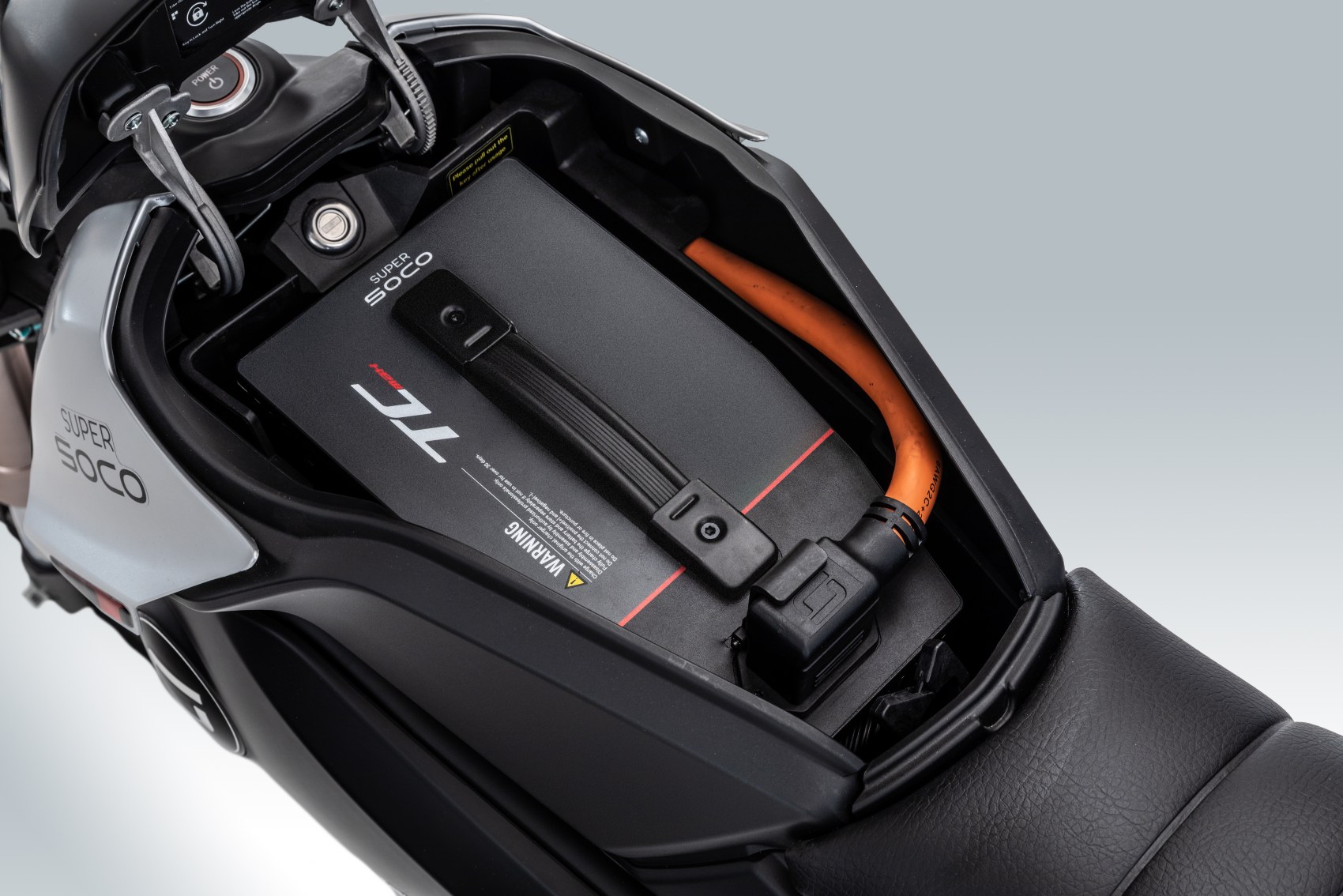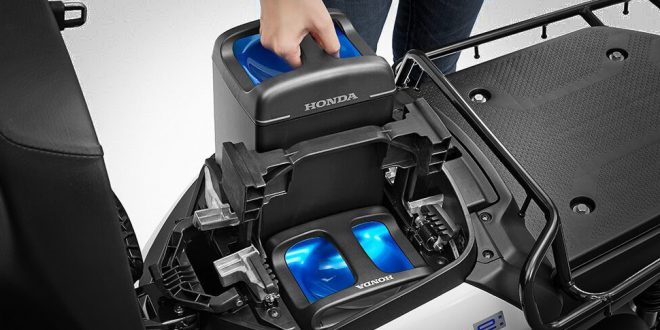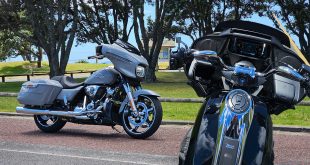sodium-ion technology could become dominant in the future as a cheaper, safer and greener alternative to lithium.
UK-based Faradion are leading lights in the effort to take sodium-ion batteries to mass production, and this year were bought by Reliance New Energy Solar Ltd, themselves a subsidiary of Reliance Industries, India’s largest private sector company, for an astonishing £100 million.
As well as being deployed directly in electric vehicle batteries, the technology is intended to be used as storage for fast-chargers – essentially acting as the equivalent of storage tanks at petrol stations, but for electricity, recharging during quiet periods and helping to prevent the electricity grid from being overloaded when a glut of vehicles are charging simultaneously at peak times.
The idea behind sodium-ion batteries is to provide, in Faradion’s own words, ‘lithium-ion performance at lead-acid prices’ by using sodium – which is widely available across the globe and can be extracted from salt – instead of lithium, which is relatively scarce and expensive.
The batteries themselves work on the same principle as lithium-ion batteries – the two elements are adjacent on the periodic table and have similar properties – but making the chemistry work in a commercially viable battery is the subject of a vast amount of work.

Sodium-ion batteries in detail
Urban solution: The energy-density isn’t as high as Li-ion batteries (at least, not yet), making them more suited to energy storage at charging stations or for lower performance, cheaper scooters and city bikes.
Coming (very) soon: With CATL sodium-ion battery production due to start in 2023 and NIU set to launch a scooter using the same technology that year, sodium-ion batteries are genuinely on the verge of commercial availability, not endlessly ‘just around the corner’.
Flexible performance: Although less energy dense than Li-ion, sodium-ion cells can recharge fast – CATL claims 0-80% charge in 15 minutes – and retain charge well in cold weather, keeping 90% of their performance at -20°C.
Greener option: Sodium-ion batteries are essentially similar to lithium-ion cells but use much more widely available raw materials to cut down on costs and ecological damage from mining for lithium.
Safer storage: Unlike lithium cells, which can’t be discharged below about 30% of their capacity, sodium-ion batteries can be emptied to zero volts, making them safer to store and transport.
Source:motorcyclenews.com
The Future of electric motoring is interesting, and we’ve been exploring it more and more as it becomes obvious as a next step. But, can we do it better than litium mines?
Here’s a couple features we’ve done on electric vehciles.
Sur-ron E bike
Hynudai Ioniq 5
Latest posts by Nic (see all)
- F1 The Movie – Review - June 27, 2025
- BMW R18 – First Edition – The Open Road - June 24, 2025
- Webisode #100 - June 8, 2025
- Instax Mini 41 – review - May 26, 2025
 THE EMPIRE
THE EMPIRE







